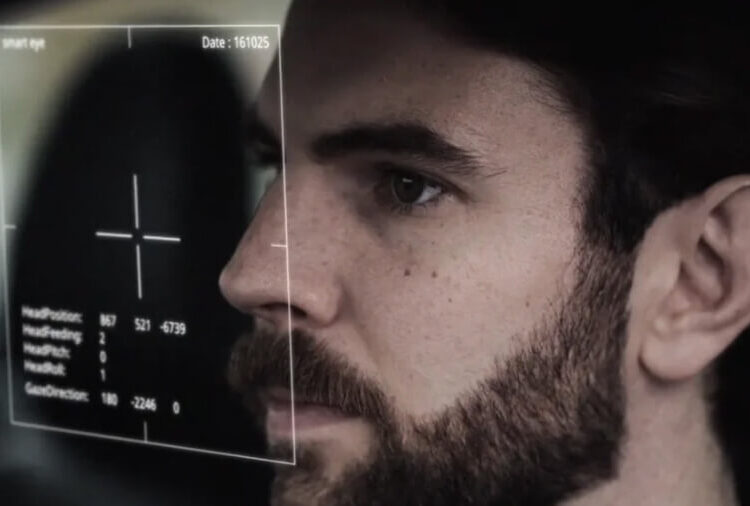EN


In one of the most well-known clichés, the eyes are the mirror of the soul. But no matter how worn-out the saying is, it might help explain why the idea of someone analyzing images of their eye movements makes some people feel a bit uneasy.
At Smart Eye, collecting video data of humans is essential for developing the technology that eventually winds up in cars or labs all over the world. Images of eye and head movements are what enable us to further scientific research and save lives on the roads. And in order to make our systems as advanced and accurate as possible, they need access to large banks of video data.
But of course, accuracy shouldn’t come at the cost of anyone’s privacy. We realize that in the context of personal data, footage of someone’s head and eye movements can feel especially personal. That’s why we want to walk you through how we gather video data – and what we are doing in order to protect the privacy of the people behind that data.
Before we get into the specifics of the data collection process, we need to let you know why we collect video data in the first place.
Our eye tracking technology is partly based on machine learning, making data collection a crucial part of developing and improving on our software. Think of it as trying to learn a new language. It would be impossible if you didn’t have access to examples of people speaking the language, or sentences written in it. It’s the same with our eye tracking algorithms – there is no way to teach our technology to recognize gaze patterns without feeding it images of eye and head movements. This process is what we refer to as training our software.
Once we’ve developed a finished product, it needs to be continuously tested in order to make sure it lives up to our customers’ expectations. This process is called validation and uses the same types of data as the training of the system.
These two processes, the training and validation of our systems, are our only reasons for collecting video data. Once our products are sold and installed into a vehicle or a research lab, the product has no need for storing any video data. While data collection is unavoidable during the system’s development phase, it is not necessary for the system to work.
Our training and validation data come from test sessions with fully informed and consenting participants. These sessions take place in both stationary and driven settings. In the stationary settings – either a lab or in the driver’s seat of a parked car – we have full control of what types of data we are able to gather. Meanwhile, the tests performed in a moving car allow us to observe the participant at their most natural behavior.
Whether the tests take place in a stationary or driven setting, they start with a camera that captures an infrared image of the test participant’s head and upper body. The infrared light generates a sequence of greyscale images, which is all the information our systems need in order to analyze the test participant’s eye movements. The sequence of images, along with the output from our systems, are then saved for evaluation.
Even though we place high value in privacy, our test participants can rest assured that their personal data is protected by legal measures as well. With our headquarters located in Sweden, Smart Eye follows European regulations concerning personal data, including the General Protection Regulation (GDPR). The GDPR regulates the management of personal data and is described by the European Union as the toughest privacy and security law in the world. And since Smart Eye is registered as a European company, the GDPR also applies to any data collection associated with our offices in the United States, China and Japan. In fact, we are required to make sure any data we collect, or even receive, from other parts in the world is in accordance with the GDPR.
Generally speaking, the more data you have access to when developing a product based on machine learning, the better. So, in order to make our technology as accurate as possible, we need access to very large amounts of data. And when that data includes video content of people, we need to make sure our system for storing it is practically bulletproof.
From the second the data is recorded, the only people with access to it are the developers at Smart Eye who use it for development projects. Any newly collected data is temporarily stored on the computers used for recording the data. The recording computers and all intermediate systems are kept in Smart Eye premises and security is ensured by state-of-the art security mechanisms, like policy-based access control such as user rights through login and passwords. But the long-term destination for the data is at our servers at high-security data centers in Gothenburg, Sweden.
As any scientist would tell you, data and data collection is the very foundation of research and development. And when you develop technology that is built on filmed footage of people’s eye movement, you need to handle that data with great care. At Smart Eye, the data we collect is one of our most valuable assets, and we spare no effort in making sure it is secure.
